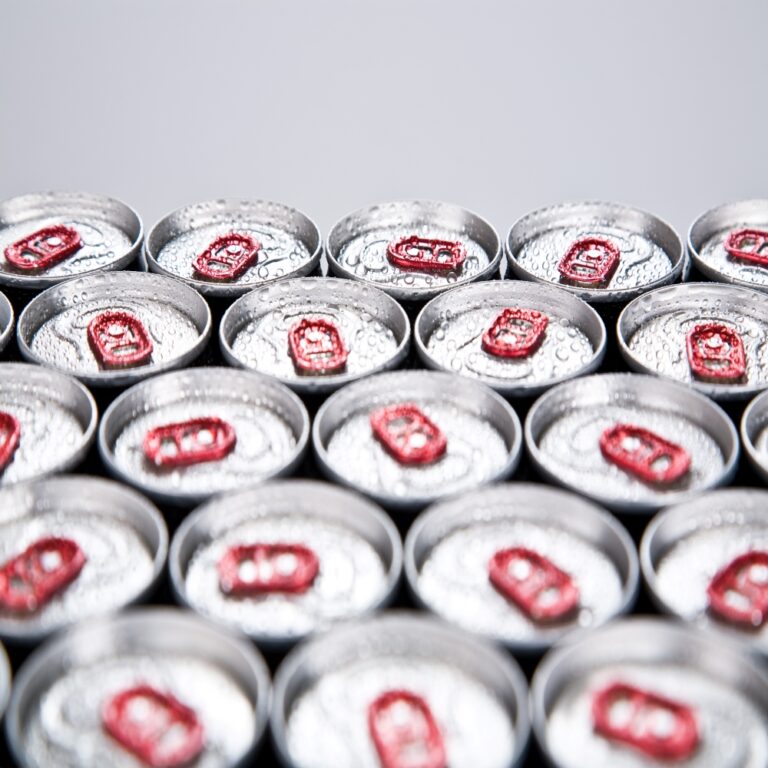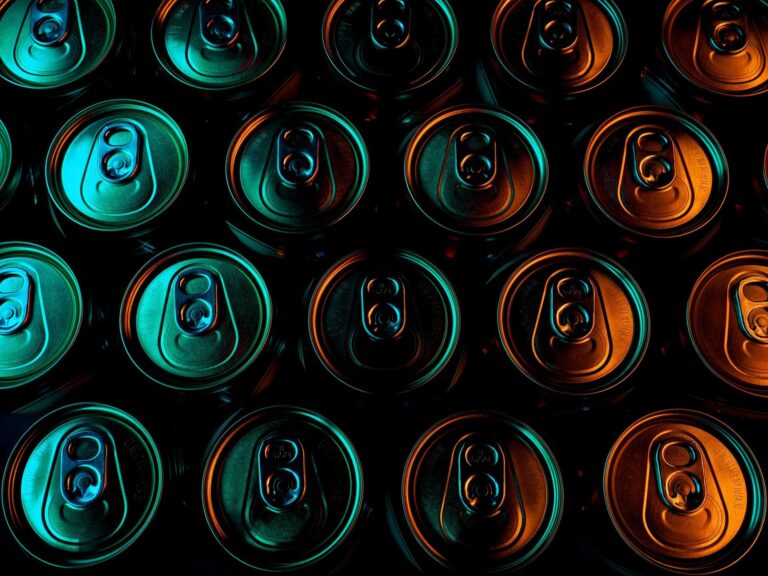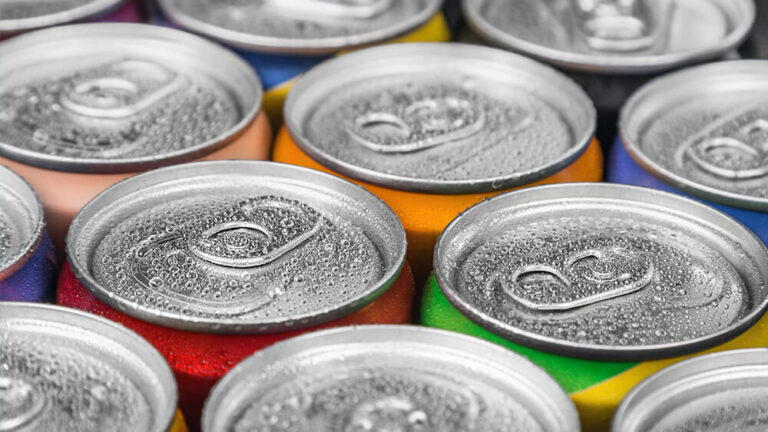This website uses cookies so that we can provide you with the best user experience possible. Cookie information is stored in your browser and performs functions such as recognising you when you return to our website and helping our team to understand which sections of the website you find most interesting and useful.
21/11/2024
Spirit-based RTDs continue to be a bright spot for the US market
Latest IWSR data highlights the continued growth of spirit-based RTDs in the US
Spirit-based RTDs have grown across all states since 2019, with the strongest volume growth seen in California, South Dakota and Connecticut.
The ten states with largest volume percentage increases for 2024 (January – August) are Wyoming, Colorado, Virginia, Tennessee, New York, Florida, Arizona, Indiana, New Jersey and Wisconsin, all of which grew well above 15% versus the same period last year.
This latest data comes from IWSR US Navigator, the industry’s only trusted source of monthly volume data for the total US beverage alcohol market — across wine, spirits, beer, cider, RTDs and no-alcohol — by price tier, for all 50 states going back to 2019, based on highly accurate local tax office data.
Growth drivers
Analysis from IWSR’s recently published US Spirits-based RTDs report shows that spirit-based RTDs are forecast to grow by 6% CAGR from 2023 to 2028. The volume decline of hard seltzers is offset by the growth of hard teas, FABs and, to a slightly lesser extent, cocktails/long drinks.
Bright spots exist across all types of spirit bases. RTDs with vodka and tequila bases will continue to dominate due to the growing availability of more sessionable vodka/tequila soda offerings. Vodka overtook tequila as the leading RTD spirit base three years ago, and brands are reinforcing its dominance by leveraging its versatility and approachable flavour profile.
Vodka remains the most preferred spirit RTD spirit base across demographic groups, but gin is becoming a favourite base with more RTD buyers, driven by LDA Gen Z. This represents an opportunity in a market where gin-based RTDs hold just 5% of total RTD market share.
A shift in RTD pack sizes towards 355ml cans has brought consumers more convenience. The share held by these packs has surged from 7% to 69% within five years, driven by high demand for single serves.
“The emergence of single-serve canned RTDs has allowed brands to gain ground in venues/locations where glass bottles are typically not allowed, such as sports venues, concerts and beaches,” comments Marten Lodewijks, President of the US Division at IWSR.
Recent regulatory changes have also boosted the segment in several states: North Carolina’s Governor Roy Cooper signed SB527 which lowered taxes on spirits-based RTDs. Pennsylvania Governor Josh Shapiro signed SB688, allowing spirit RTDs to be sold in certain retail outlets that also sell beer and wine.
Innovation trends
Innovation has slowed overall in recent years and cocktail/long drink innovation continues to outpace that of other RTD sub-categories. New cocktail/long drink products account for over a third of recent innovations. Though this is a lower percentage than in the past few years, the segment still has the highest share of recent innovations.
“The reduced rate of innovation combined with continued category volume growth is a great sign for the industry,” says Lodewijks.
“While RTDs will remain an innovation-driven category, the proliferation of brands and variants in 2021/22 created consumer confusion and saturation that ultimately only benefitted a few players. The more focused innovation approach, with brands relying more on a few core SKUs, gives consumers an anchor around which to explore the category while not being overwhelmed by choice ‘risk’ — the risk that they don’t like what they’ve bought.”
There is also a trend of products crossing over from other categories, tapping into existing brand awareness. Sunny D, for example, has launched a vodka-based offering. Meanwhile, Ocean Spray cranberry juice partnered with Absolut vodka; Vita Coco water partnered with Captain Morgan; and Welch’s juice launched vodka-based products, including the grape-based Vodka Transfusion.
Consumer confusion
RTD bases are widely misunderstood. Across all age groups, most buyers of hard seltzers, FABs and hard teas recall having consumed spirit and wine-based RTDs, even though most products in those segments are malt-based.
“Many consumers mistake the base of RTD products, and brands should take this into consideration when they make their packaging and branding decisions,” notes Lodewijks. “Consumers generally assume the alcohol in their RTDs comes from a spirit; educating them on this can have both benefits and risks depending on a brand’s broader portfolio.”
The US also has a slightly older, mixed gender skew in terms of RTD consumers, but the new entrants to the category tend to be younger and more male, and this will have implications for the styles and flavours that outperform.
“It’s likely that this new cohort will be more swayed by spirit-based products and more willing to buy these offerings in the on-trade, a key vehicle for brand building,” comments Lodewijks.
The above analysis reflects IWSR data from the 2024 data release. For more in-depth data and current analysis, please get in touch.
CATEGORY: RTDs | MARKET: North America | TREND: Convenience |





